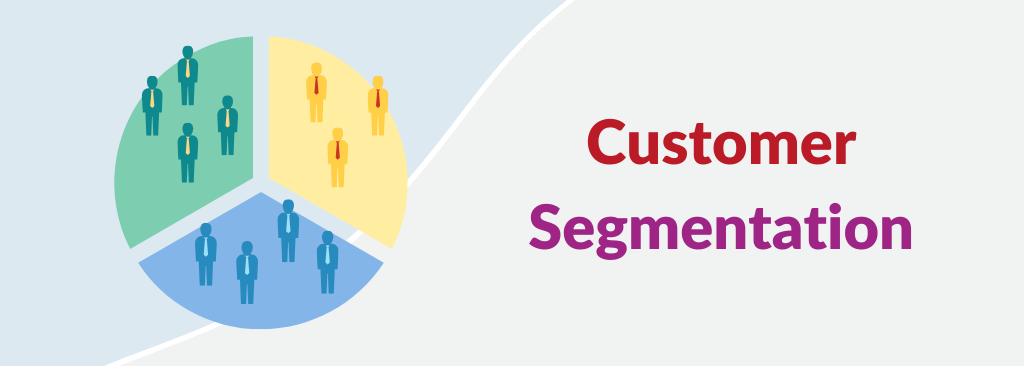Introduction:
In the dynamic landscape of marketing, understanding your audience is key to creating impactful campaigns. One powerful tool that aids in this process is Customer Segmentation. In this article, we’ll explore how customer segmentation can transform your marketing strategies, elevate customer experiences, and drive business success.
The Essence of Customer Segmentation:
Customer segmentation involves dividing your customer base into distinct groups based on shared characteristics such as demographics, behaviors, or preferences. This strategic approach allows marketers to tailor their efforts to specific segments, delivering more personalized and relevant content.
Benefits of Customer Segmentation:
- Personalized Marketing Campaigns: Tailor your messages to resonate with the unique needs and interests of each customer segment, fostering a stronger connection.
- Improved Customer Retention: Identify high-value segments and focus retention efforts where they matter most, reducing churn and increasing customer loyalty.
- Optimized Product Development: Understand the preferences of different segments, guiding product development to meet the specific demands of each group.
- Enhanced Marketing ROI: Allocate resources more efficiently by concentrating marketing efforts on segments with the highest potential for conversion.
Types of Customer Segmentation:
- Demographic Segmentation: Grouping customers based on demographic factors such as age, gender, income, and education.
- Behavioral Segmentation: Categorizing customers according to their behaviors, such as purchasing history, website interactions, and product usage.
- Psychographic Segmentation: Understanding customer personalities, values, and lifestyles to tailor marketing messages accordingly.
- Geographic Segmentation: Segmenting customers based on their location, allowing for region-specific marketing strategies.
Implementing Customer Segmentation:
- Data Collection: Gather relevant data through customer interactions, surveys, and analytics tools.
- Analysis: Use advanced analytics to identify patterns and group customers based on commonalities.
- Integration with Marketing Strategies: Implement segmentation insights into your marketing campaigns, ensuring targeted and effective outreach.
Case Studies:
Customer segmentation, when done right, can be a game-changer for businesses. Here are some real-world examples of companies that have used it to achieve remarkable results:
1. Netflix: They segment users based on viewing habits, recommending personalized content that keeps them engaged. This strategy helped them attract and retain millions of subscribers, becoming the streaming giant they are today.
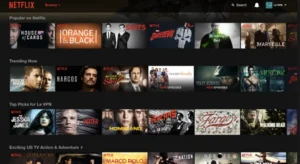
2. Amazon: Segmentation is in their DNA! They segment based on demographics, purchase history, browsing behavior, and more. This allows them to offer highly relevant product recommendations, targeted promotions, and a personalized shopping experience that drives customer loyalty and sales.
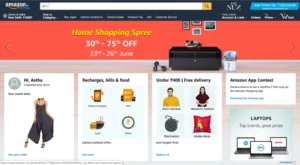

Amazon Prime and Amazon music
3. Spotify: Their “Discover Weekly” and “Release Radar” playlists are prime examples of successful segmentation. By analyzing listening habits, they curate personalized playlists for each user, increasing engagement and satisfaction.
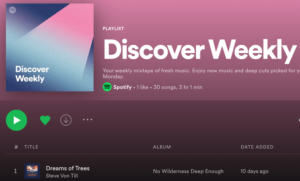
4. Airbnb: They segment hosts and guests based on location, property type, travel preferences, and budget. This tailored approach makes it easier for users to find their ideal accommodation, leading to higher booking rates and happier clients.
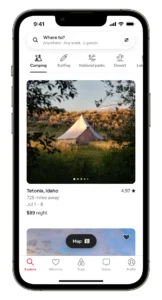
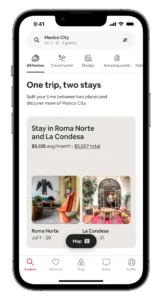
5. Starbucks: The Starbucks Rewards program is a masterclass in segmentation. They offer personalized rewards and deals based on purchase history and preferences, driving increased spending and brand loyalty.
6. Domino’s Pizza: They segment customers based on location, past orders, and even weather patterns. This allows them to offer targeted promotions and delivery guarantees, resulting in increased orders and happy customers.
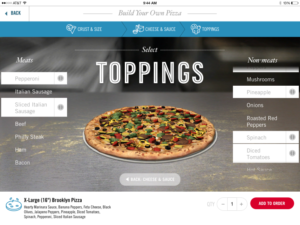
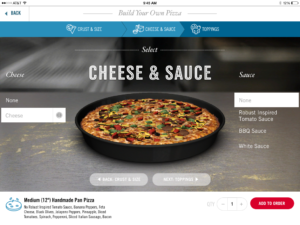
7. Nike: They segment customers based on interests, athletic activities, and buying habits. This allows them to deliver relevant content, product recommendations, and even training tips, creating a personalized brand experience that fosters loyalty.

8. Zalando: The European fashion giant segments customers based on demographics, browsing behavior, and purchase history. This allows them to offer relevant clothing recommendations, size suggestions, and personalized discounts, resulting in higher conversion rates and customer satisfaction.
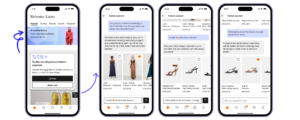
9. Harley-Davidson: They segment their riders based on demographics, riding style, and motorcycle model. This allows them to offer targeted events, promotions, and even custom parts, fostering a strong community and brand loyalty among their passionate customers.
10. Tesla: They segment customers based on location, charging habits, and car model. This allows them to offer optimized charging schedules, personalized software updates, and even targeted incentives for switching to renewable energy, creating a seamless and eco-friendly experience for their customers.

These are just a few examples of how customer segmentation can transform businesses. By understanding your customers and tailoring your approach to their unique needs, you can unlock incredible results in terms of engagement, loyalty, and ultimately, revenue.
Conclusion:
As you delve into the world of marketing analytics, embracing customer segmentation is a game-changer. By understanding the unique needs of your audience, you can create campaigns that resonate on a personal level, fostering stronger customer relationships and driving overall business success.
Ready to unlock the potential of customer segmentation? Dive into our comprehensive guide today! Contact Us Now!
